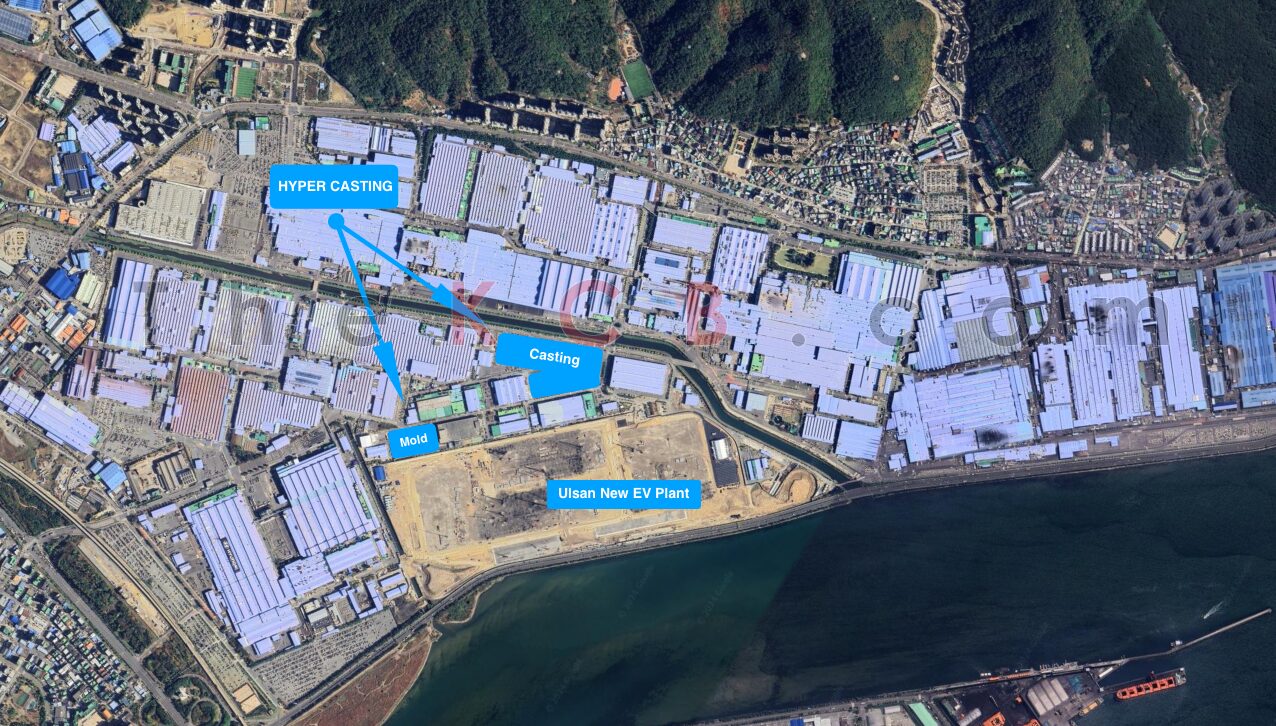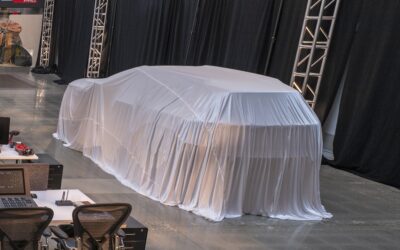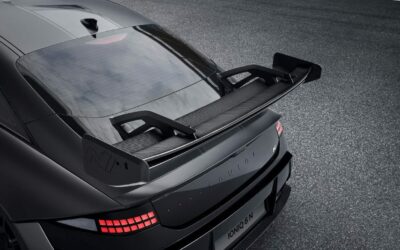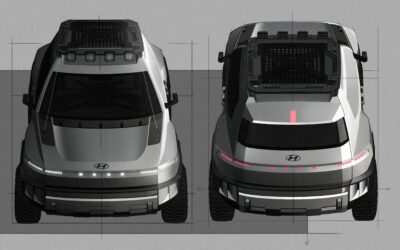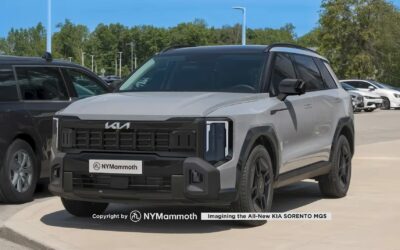Hyundai Motor already started construction of its hypercasting plant in Ulsan, South Korea. The project is moving forward swiftly thanks to close cooperation between the company and the local government of Ulsan, which has drastically shortened the typical one-year building permit process to just two months. This collaboration is seen as a model case of how joint efforts between businesses and local governments can boost corporate competitiveness by accelerating the construction of advanced manufacturing facilities.
Streamlined Permitting Process and Early Construction
On September 5, Hyundai submitted its construction notification to the Ulsan Buk-gu Office, marking the completion of all necessary administrative procedures for the new hypercasting plant. The plant, which will produce vehicle body structures, will be built on a 710,000 square meter site in Myeongchon-dong, Buk-gu, Ulsan. The three-story facility will cover approximately 9,669.2 square meters. The construction is expected to begin next month, starting with preliminary work such as setting up temporary structures, excavation, and ground leveling. The factory will eventually house machinery capable of exerting more than 6,000 tons of pressure.
What is Hypercasting?
Hypercasting is an advanced manufacturing technique that involves injecting aluminum into a large mold and applying intense pressure to create a vehicle body in one piece. Compared to traditional methods that weld and assemble multiple metal panels, hypercasting enhances production efficiency. By reducing the number of components needed for the car body, it also eliminates potential quality issues that can arise during the welding and assembly process. Tesla, which uses a similar “gigacasting” method, has reportedly reduced its production costs by 40% and saved 20% of factory space by eliminating welding and assembly robots.
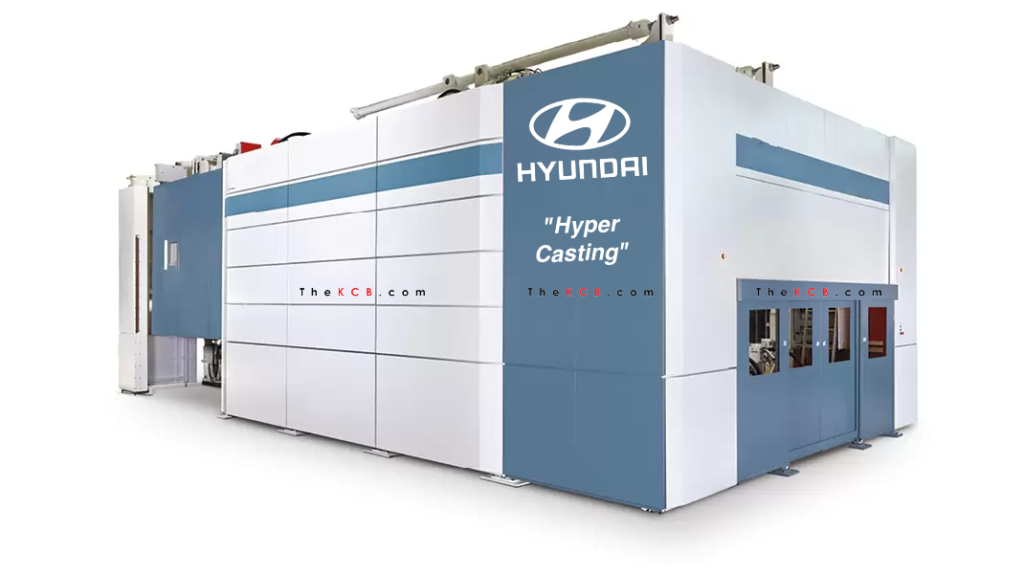
Fast-Tracked Construction Permits: A Key Highlight
One of the standout aspects of this project is the expedited construction permitting process. Hyundai initially applied for building permits on February 22, and the approval was granted on April 17—less than two months later. Typically, large-scale projects like this can take over a year due to the complexity of regulations and coordination among multiple departments and agencies. However, Hyundai’s hypercasting plant benefited from proactive administrative support from the local government.
The Ulsan Buk-gu Office worked closely with Hyundai to minimize delays and streamline the permitting process. The local government recognized that swift construction of advanced manufacturing facilities like this is crucial to bolstering Hyundai’s competitiveness in the electric vehicle (EV) market and revitalizing the regional economy. Most of Hyundai’s existing Ulsan plants are over 30 years old, making it urgent to build new, modern facilities capable of producing next-generation vehicles like electric cars.
Local Government and Corporate Collaboration: A Success Story
A representative from the Buk-gu Office noted that the permitting process for large projects often involves coordination with over 20 related departments, which can lead to delays. However, in this case, smooth communication between Hyundai and the relevant agencies allowed the process to be significantly shortened. The collaboration between the Ulsan city government and Buk-gu Office had previously proven effective during the construction of Hyundai’s dedicated electric vehicle plant, which broke ground in November 2023. Government officials were even dispatched to Hyundai’s site to assist with the administrative work, further accelerating the project.
Hyundai’s Future Plans for Hypercasting Technology
Hyundai plans to complete the construction of the hypercasting plant by August 2025, with mass production of vehicle bodies set to begin in 2026. The automaker intends to use the hypercasting method primarily for its electric vehicles, aiming to produce lighter cars with improved energy efficiency and extended driving range. Hyundai’s under-construction electric vehicle plant in Ulsan is expected to begin mass production of its flagship electric SUV, the GV90, in the first quarter of 2026. The GV90 could be the first model to utilize hypercasting technology, although Hyundai has not yet officially confirmed which models will adopt the new process.
Conclusion
Hyundai’s hypercasting plant represents a significant leap forward in automotive manufacturing, both in terms of production efficiency and technological innovation. The swift approval process, thanks to close cooperation with local government, sets a new standard for public-private collaboration. As Hyundai ramps up its electric vehicle production capabilities, this advanced facility will play a key role in enhancing its global competitiveness in the EV market.

